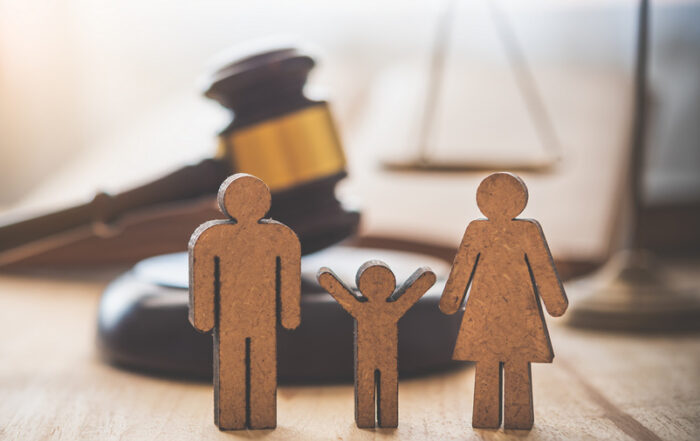Highlighting the importance of having an attorney in a domestic violence case helps you understand just how vital the help can be in ensuring you and your family are safe. Handling a domestic violence case on your own can be stressful and might make the situation worse. In this article, we’ll discuss how an attorney can help you when you’ve faced abuse at the hands of someone you are in a relationship with.
What is Domestic Abuse?
The California Family Code, in what is known as the Domestic Violence Prevention Act (DVPA), in Family Code sections 6200-6460, defines abuse as:
(a) For purposes of this act, “abuse” means any of the following:
(1) To intentionally or recklessly cause or attempt to cause bodily injury.
(2) Sexual assault.
(3) To place a person in reasonable apprehension of imminent serious bodily injury to that person or to another.
(4) To engage in any behavior that has been or could be enjoined pursuant to Section 6320.
Filing Restraining Orders for Domestic Violence
Abuse is not limited to physical violence but also includes emotional abuse. If you are the subject of abuse by another person, you can obtain a restraining order at no cost to you in the court system.
A restraining order is a family court protective order that prevents that person from doing certain things to you and around you. This could be prohibiting personal contact, phone calls, or emails; stalking; harassment; physical abuse; coming to your home, work or car; and could include custody and visitation orders.
There are four different kinds of restraining orders, all dependent on the persons involved and their relationship to the filing party:
Domestic Violence Restraining Order (DVRO)
Elder or Dependent Adult Abuse Restraining Order
Civil Harassment Restraining Order
Workplace Violence Restraining Order
To obtain a restraining order you first need to fill out and file paperwork. For a DVRO, the forms are Request for Domestic Violence Restraining Order (DV-100), Notice of Court Hearing (DV-109), a Temporary Restraining Order (TRO) (DV-110), and a Description of Abuse (D-101). There is no court fee to file for a DVRO.
After the initial paperwork is filed, a stamped copy must be personally served on the offending party. You can pay for a process server to do this or you can have the Sheriff serve the other party. You can have a law enforcement officer serve the other party, have a registered process server do the personal service, or a private individual can personally serve the party BUT they must be personally served.
What Happens After Filing a Restraining Order?
Whether or not the court grants your request for a TRO, you will have a hearing about 25 days after the paperwork is filed. At that hearing, you will have the opportunity to explain your side of the case and the other person has a chance to respond. If the court grants your restraining order, your restraining order could last up to five years.
Once the order is set to expire, you can set another court date by filing a Motion with the Court prior to the expiration date and request that the R.O. orders be reissued. The assistance of an attorney through this process can be very helpful and beneficial. Your attorney will explain to you the legal reasoning that the courts rely on when making decisions, particularly one that is so important to both parties and any family members involved. The attorney will talk to you, gather information, prepare your paperwork, get it filed and served, and get ready for the upcoming hearing.
They will then represent you at the hearing and do all the talking for you, except for any oral testimony you need to present in support of your case. Having an attorney on your side also allows you to step back from the abuser so you don’t deal with them directly and have to confront the trauma of domestic violence all over again.
You may also consider filing a separate criminal case, especially when you are the victim of domestic violence, or threatened by the restrained persons. This process is not guided by the family court case, although they are related, and criminal court protective orders could be different than the family court orders. If this does occur, the criminal court orders will control on all matching areas of protection and any change to these orders must take place on-request to the criminal division of the Superior Court.
There is a significant amount of information to understand when opening a family law case, especially if you are also dealing with the effects of domestic violence. Don’t do it alone—contact JWB Family Law to get the counsel and support you need.







